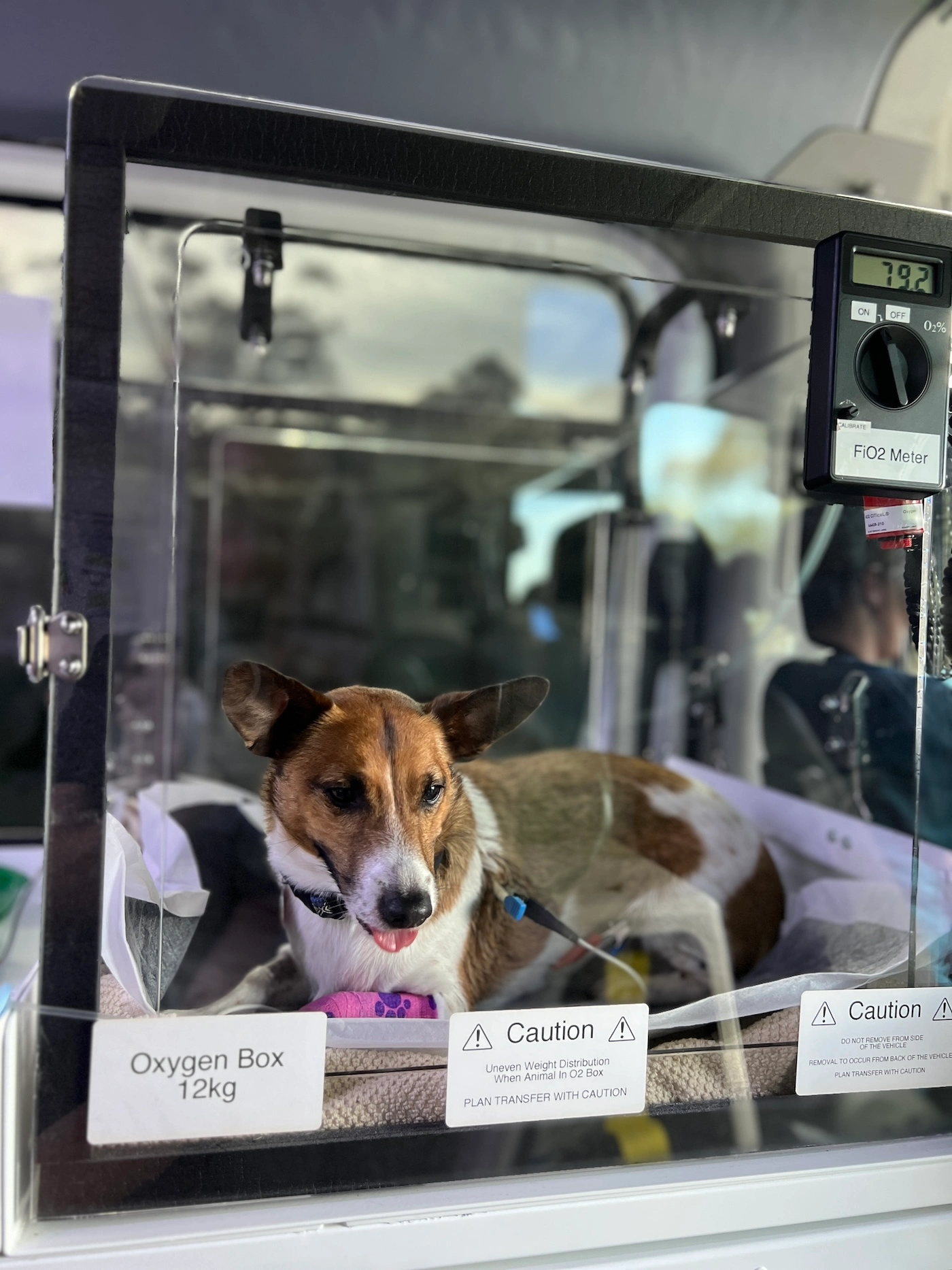We commonly diagnose & treat urinary tract issues in dogs and cats, but one particularly frustrating & dangerous health issues is commonplace in the veterinary emergency world: feline lower urinary tract disease (FLUTD)
We'll explore these common urinary tract conditions, shedding light on their causes, symptoms, diagnosis, and treatment options. With knowledge from Ready Vet Go, you'll be better equipped to recognise signs of urinary tract problems in your cat and seek timely veterinary care.
Understanding Feline Lower Urinary Tract Disease (FLUTD)
Feline Lower Urinary Tract Disease (FLUTD) is a collective term for a variety of conditions that affect the bladder and urethra in cats. These conditions can cause discomfort and difficulty urinating, leading to pain, inflammation, and potentially life-threatening complications like urethral obstruction (UO). FLUTD can occur in cats of any age, breed, or gender, but it is most commonly seen in middle-aged, overweight, or inactive cats.
Causes of FLUTD
FLUTD can have multiple underlying causes, including:
- Bladder inflammation (feline idiopathic cystitis or FIC): Inflammation of the bladder lining can be triggered by stress, dietary factors, infections, or other underlying health conditions.
- Urinary stones or crystals: Crystals or stones can form in the urinary tract, causing irritation, obstruction, and discomfort.
- Urethral plugs: Accumulation of debris, mucus, or urinary crystals can form plugs in the urethra, obstructing urine flow.
- Urinary tract infections: Bacteria that contaminate & infect the urinary tract, usually originating from the skin or contamination from the faeces; a more common condition in males than females, but altogether a less common cause of FLUTD signs than the other categories
Symptoms of FLUTD
Signs of FLUTD in cats may include:
- Frequent urination (straining to urinate or urinating small amounts)
- Blood in the urine
- Urinating outside the litter box
- Vocalisation or agitation while urinating
- Licking of the genital area
- Signs of discomfort or pain in the abdomen
- Decreased appetite or lethargy
If left untreated, FLUTD can progress to urethral obstruction, a life-threatening emergency requiring immediate veterinary intervention.
Urethral Obstruction: Urethral obstruction occurs when a blockage, such as urinary stones, crystals, or plugs, prevents the passage of urine from the bladder through the urethra. This condition is more common in male cats due to their narrower urethra, but it can also affect female cats. Urethral obstruction is a medical emergency that requires urgent veterinary care to relieve the obstruction, restore urine flow, and prevent complications such as kidney damage or bladder rupture.
Treatment Options
Treatment for FLUTD and urethral obstruction may include:
- Fluid therapy: Intravenous fluids may be administered to correct dehydration and flush out toxins from the body.
- Urinary catheterisation: A urinary catheter may be inserted to relieve the obstruction and allow urine to flow freely.
- Medications: Pain management, anti-inflammatory drugs, and medications to relax the urethral muscles may be prescribed to alleviate discomfort and aid in urine passage.
- Dietary changes: Prescription diets formulated to promote urinary health and prevent the formation of crystals or stones may be recommended for long-term management.
Prognosis
Most cats will live normal, healthy lives between episodes when their FLUTD flares. Approximately half of cats with FLUTD experience a recurrence of clinical signs (ie. bladder pain, bloody urine, urethral obstruction in males) in the future. It often recurs unpredictably, so there are management steps you can take to help prevent recurrence of signs. It is very important that you monitor your pet for clinical signs so that any abnormality be addressed & treated as soon as possible.
Prevention
Diet
A prescription urinary diet is often recommended by a veterinarian to acidify the urine, making the urine less favourable to bacterial growth and stone/crystal formation. Urinary diets are also formulated to reduce the concentration of minerals in the urine that can lead to crystal & stone formation. These diets should be fed ALONE and not mixed with other types of foods. Some other steps towards preventing a similar incident in the future are to always have fresh water available in multiple places for your cat to keep himself hydrated.
Stress
Minimising stress is also important in reducing incidence of recurrence. You can start doing this by ensuring litter boxes are clean and tidy, putting multiple litter boxes throughout the house (1 more than number of cats per household), minimising change in routine, and following other guidance from the Indoor Pet Initiative website.
Knowledge is Power, and it means a more comfortable & healthy life for your cat
Feline Lower Urinary Tract Disease (FLUTD) and urethral obstruction are common urinary tract conditions that can cause distress and discomfort for our feline friends. By recognising the signs of urinary tract problems, seeking prompt veterinary care, and exploring treatment options with the guidance of Ready Vet Go, we can help manage these conditions and improve the quality of life for our feline companions.
Ready Vet Go is equipped to manage the various forms of Feline Lower Urinary Tract Disease & we are fortunate to have the tools to treat Urethral Obstruction on-site when identified as well as safely transport cats to hospital for ongoing care to ensure they have the best outcome possible.




